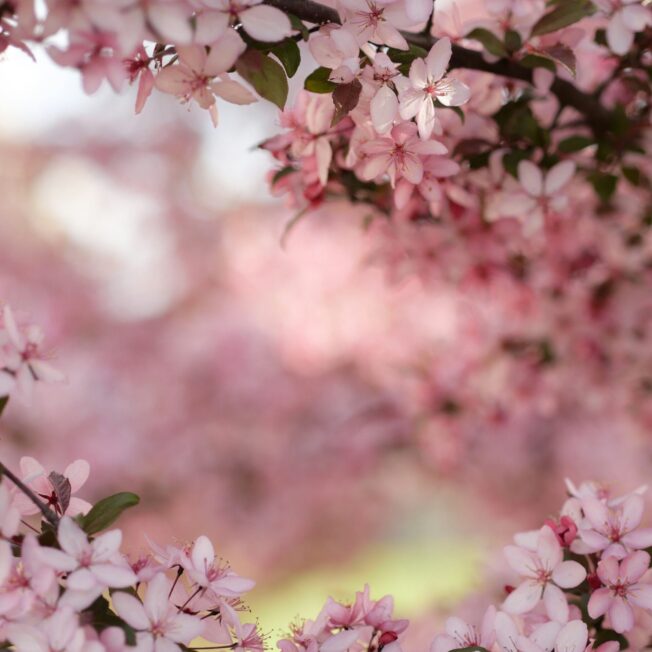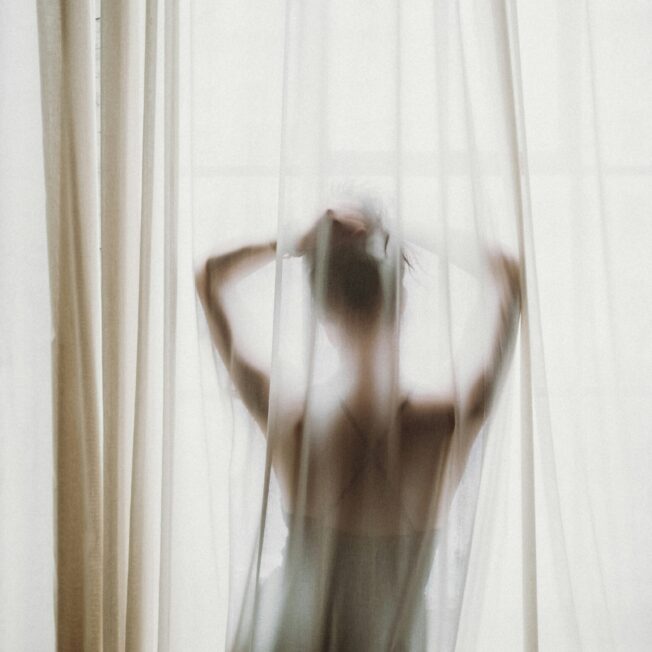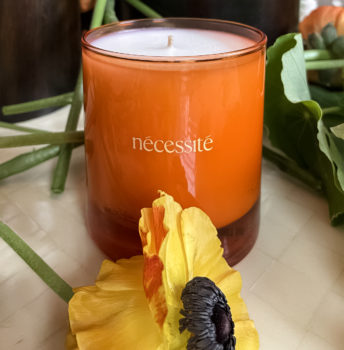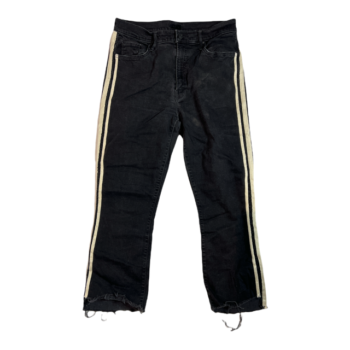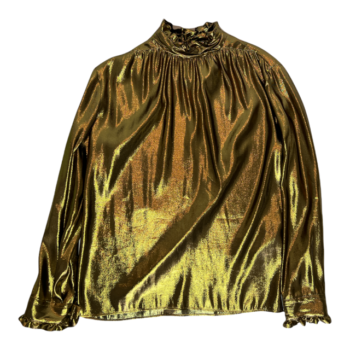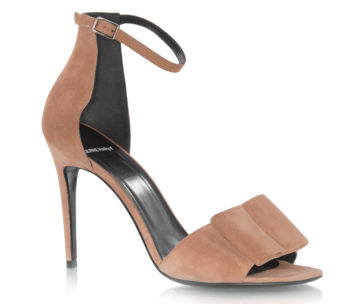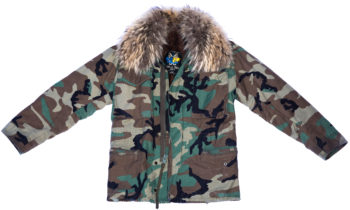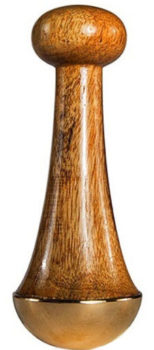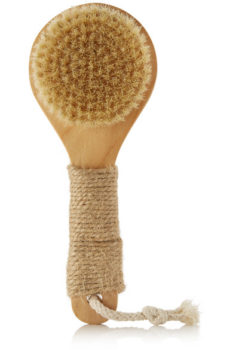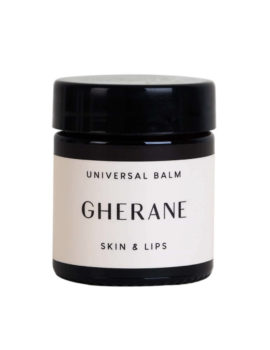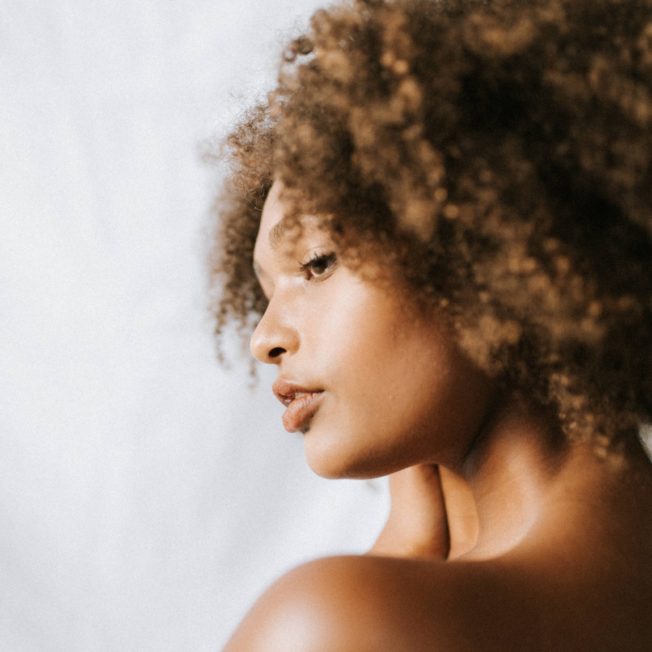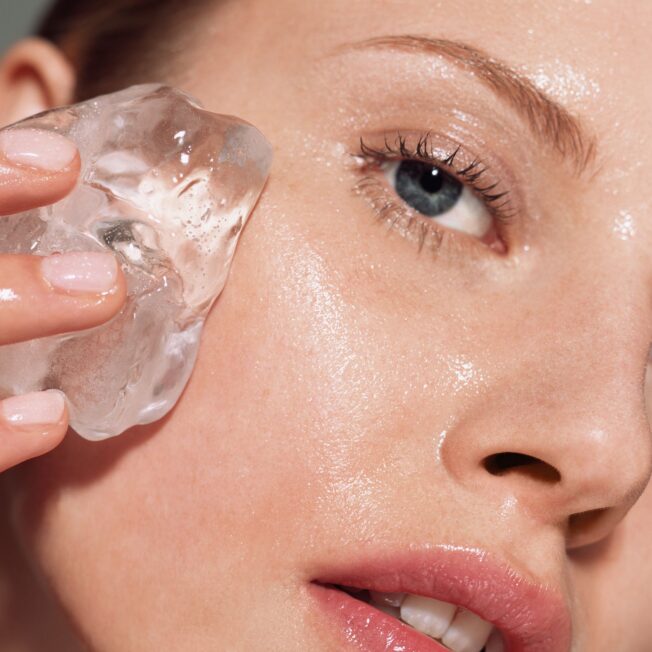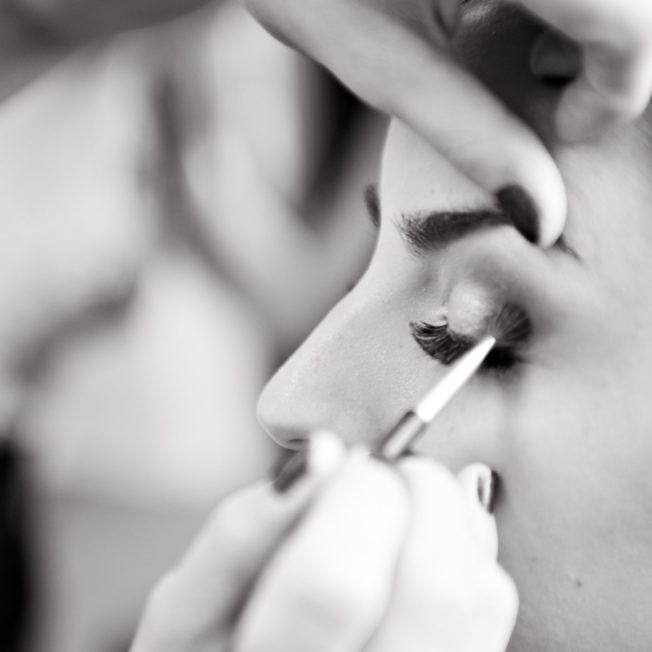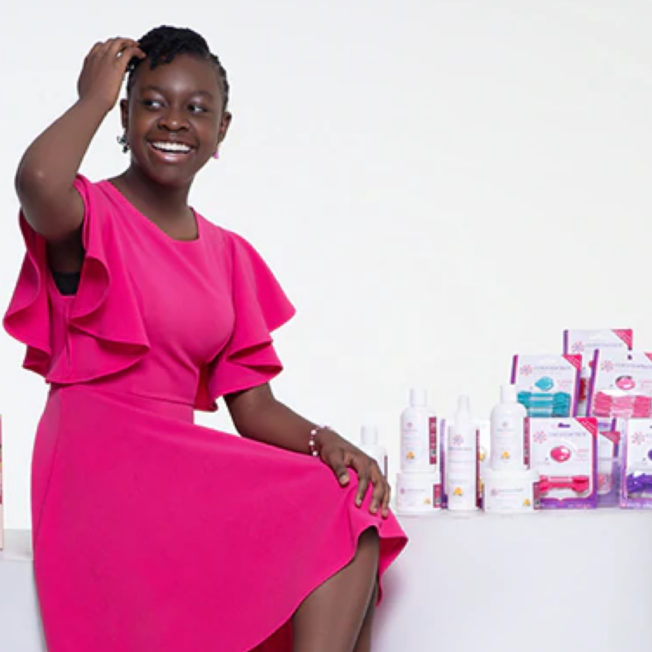Uncombable hair syndrome may sound like a daily experience for some of us. Whether we unintentionally get a snarl in our hair or our natural hair texture finds itself needing some TLC after the shower, it sounds like a simple nuisance from the outside. However, this condition isn’t just a day-to-day occurrence. Instead, it’s a genetic condition that makes even seemingly healthy hair unruly and unable to grow flat, causing the hair to be coarse and rough and appear wooly. But what is this condition, and who can it affect?
What is uncombable hair syndrome?
Uncombable hair syndrome (UHS) is a rare disorder affecting our scalp hair shaft. For those who have UHS, their hair will stand out from the scalp and cannot be combed flat, even when using traditional hair products that help with detangling. In addition, these individuals tend to have hair that is either silver-toned or straw-toned blonde due to the texture of their hair stands.
UHS is also known as unmanageable hair syndrome, spun glass hair, pili trianguli et canaliculi, and cheveux incoiffables. The onset of UHS typically occurs when the individual is a child between the ages of 2 and 11. Symptoms of UHS include a coarse and rough hair texture, trichodysplasia, hair that appears white, wooly hair–fine hair that has tightly coiled curls–and patchy alopecia, which causes patches of hair loss on the scalp.
What causes this condition?
While there are only 100 reported cases, it’s estimated that the number of individuals with this condition is higher, but their symptoms are not being reported.
Studies have shown that a rare genetic mutation has caused this condition in recent years. Three specific genes that all play a role in hair shaft formation that causes this syndrome: PADI3, TGM3, and TCHH. When one of these genes malfunctions, it affects the structure and stability of the individual’s hair, which causes the hair to become unruly and will not allow it to grow flat.
To diagnose the condition, some of the individual’s hairs must be split in half and examined under a high-powered scanning electron microscope. When looked at under the microscope, straight hair will look round, and curly hair will look sloped. However, uncombable hair at the cross-section will appear triangular or heart-shaped, which is what causes them not to lay flat. For those with UHS, these irregular shapes can also occur along the entire length of a single strand of hair. Children with UHS tend to have 50 to 100% hair strands that have an irregular shape, which also reflects light in a different way than an average strand of hair.
It’s also believed that the syndrome can be inherited through an autosomal recessive pattern, with cases also showing that it can be inherited through an autosomal dominant fashion.
How can uncombable hair syndrome be treated?
Unfortunately, there is no way to treat individuals with UHS officially. Though their hair appears to be unable to be managed, it still grows, is healthy, and is, in fact, often not damaged. One thing to note about individuals with UHS is that their hair tends to grow slower. Some may suggest ingesting biotin supplements to improve the appearance of one’s hair, but more studies are needed.
When maintaining their hair, it’s recommended for those with UHS to be gentle and avoid excessive touching or handling, including brushing or combing their hair. In addition, it’s essential to try to reduce the amount of heat applied to their hair, which includes blow drying, curling, or straightening. While an individual with UHS may appear to have textured hair, it is not the same as more commonly recognized hair patterns. Their hair will not work with more traditional hair styling techniques to help manage the texture, which means keratin treatments, perms, or relaxers will not yield the same results as other hair types.
Over time, those suffering from UHS tend to see their condition improve for unknown reasons. By the time individuals reach adolescence, their hair eventually lies flat and appears to have a more normal texture to their hair.




